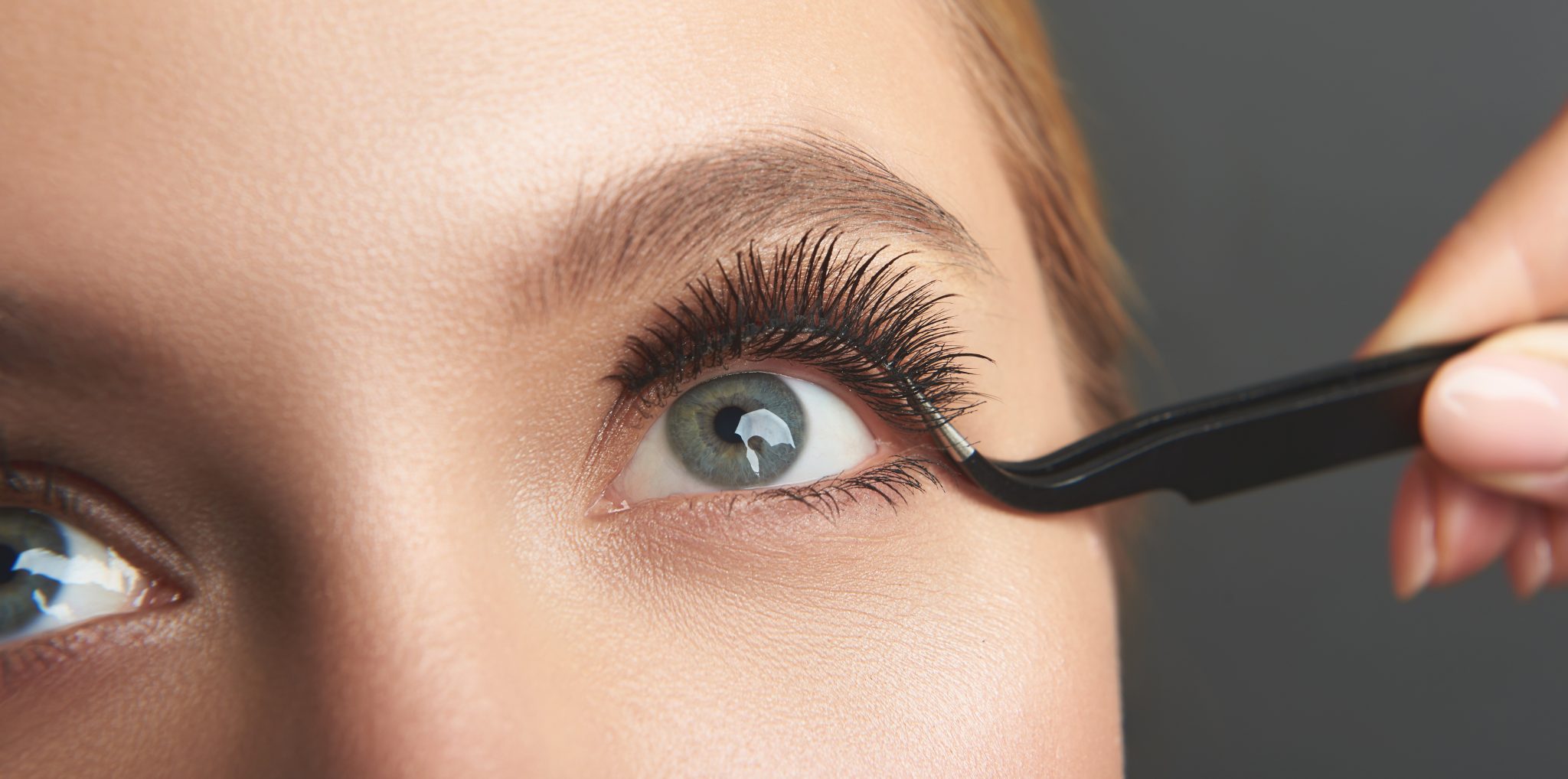Half of the 300,000 Australians with glaucoma are unaware they have the potentially blinding condition because they lack noticeable symptoms and have not had an eye examination.
As World Glaucoma Week approaches (March 11-17), Optometry Australia and Glaucoma Australia have joined forces to encourage more Australians to have a potentially sight-saving eye test to detect glaucoma, the ‘silent thief of sight’.
Glaucoma Australia’s CEO Annie Gibbins said only 50 per cent of those with glaucoma had been diagnosed. 1[i]
“That means there are 150,000 Australians who are risking blindness due to undiagnosed glaucoma,” she said.
Of particular concern to Optometry Australia and Glaucoma Australia is the need to raise awareness of the heightened family risk as relatives with a direct family member with glaucoma are 10 times more likely to have glaucoma as those without a hereditary link.
“Anyone from age 40 with a family history of glaucoma, or age 50 with no family history, should make an appointment for a comprehensive eye examination with an optometrist,” Mrs Gibbins said.
We certainly concur with this recommendation at Optometry Australia, as glaucoma is painless and often symptomless in the early stages.
Glaucoma can sneak up on people as it affects the side (peripheral) vision before central vision and may occur in only one eye initially, meaning that when people have both eyes open the loss of vision in the early stages may not be readily noticeable.
Ninety per cent of vision loss is preventable or treatable if you detect it early and glaucoma is a great example of this. Once you catch it, you can usually stop vision loss with treatment including eye-drops and more rarely, surgery.
But left untreated, glaucoma can damage the eye’s optic nerve which transmits visual information to the brain, resulting in vision loss and blindness. If however, we can pick it up early before vision changes, we can stop vision loss and blindness – but we need to be ahead of the game.
Mrs Gibbins points out that the only way to know if you have glaucoma is to see an optometrist or ophthalmologist for a comprehensive examination.
Anyone may develop glaucoma, but incidence increases with age. One in 10,000 babies are born with glaucoma and by 40, about one in 200 have glaucoma, rising to one in eight people at age 80.
Research shows that a healthy diet and lifestyle may help prevent people from developing glaucoma. One study found that some omega-3 fatty acids, such as those in fish, may be protective and another found exercise may also reduce your chances of developing the condition.
Things YOU can do:
- Find an optometrist near you and book an eye examination today.
- During World Glaucoma Week from March 11 to 17, Glaucoma Australia is promoting its Beat Invisible Glaucoma B.I.G. Breakfast fund-raiser. Register at thebigbreakfast.org.au to host a breakfast, raise funds for Glaucoma Australia and communicate the message.






